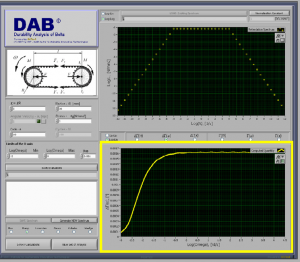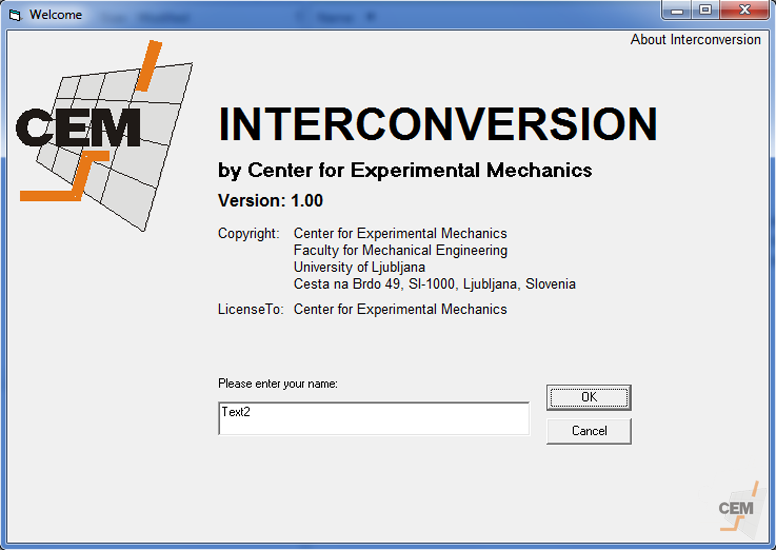NUMERICAL AND ANALYTICAL MODELLING
CFS Software – The Closed Form Shifting Algorithm
Principle
CFS[1] Software is intended for automated construction of master curves, representing long term behaviour of material, from a set of short term measurements (material function segments) performed at different constant temperatures (or pressures).
Results
- Shift factors at different reference temperatures;
- Isothermal (isobaric) master curve and isochronal curve at selected reference conditions.
[1] Gergesova M., Zupančič B., Saprunov I., Emri I. “The Closed Form t-T-P Shifting (CFS) Algorithm”, Journal of Rheology 55(1), pp. 1-17 (2011)
DAB Software – Durability Analysis of Belts
Principle
DAB[2] Software is intended for quantitative analysis of strain accumulation when exposed to tooth-like periodic shear stress loading of certain intensity in specific location on the tooth of the belt.
Results
- cumulative accumulated strain for selected number of loading cycles;
- added accumulated strain within the defined consecutive loading cycle;
both as functions of the number of loading cycles, n, angular velocity, ω, and geometry parameter, k = l/R, where l – central distance between pulleys, and R – radius of the pulleys.
[2] Zupančič B., Emri I. “DAB – Durability Analysis of Belts: program package for strain accumulation analysis in the drive belts: navodila za uporabo”, Ljubljana: Fakulteta za Strojništvo, Centerza eksperimentalno mehaniko, CEM, 30 pp. (2008)
INTERCONVERSION Software
Principle
INTERCONVERSION[3] Software is intended for different interconversions among viscoelastic material functions.
Capabilities
- interconversion (using different numerical methods);
- among static material functions (Hopkins-Hamming method);
- static to dynamic material function and conversely (Schwarzl method);
- among dynamic material function (analytically);
- among spectra (Emri-Tschoegl method);
- mechanical spectrum from material function (Emri-Tschoegl method) and conversely;
- splined noisy functions.
[3] Emri I., von Bernstorff B.S., Cvelbar R, Nikonov A. “Re-examination of the approximate methods for interconversion between frequency- and time-dependent material functions”, Journal of Non-Newtonian Fluid Mechanics 129(2), pp. 75-84 (2005)



